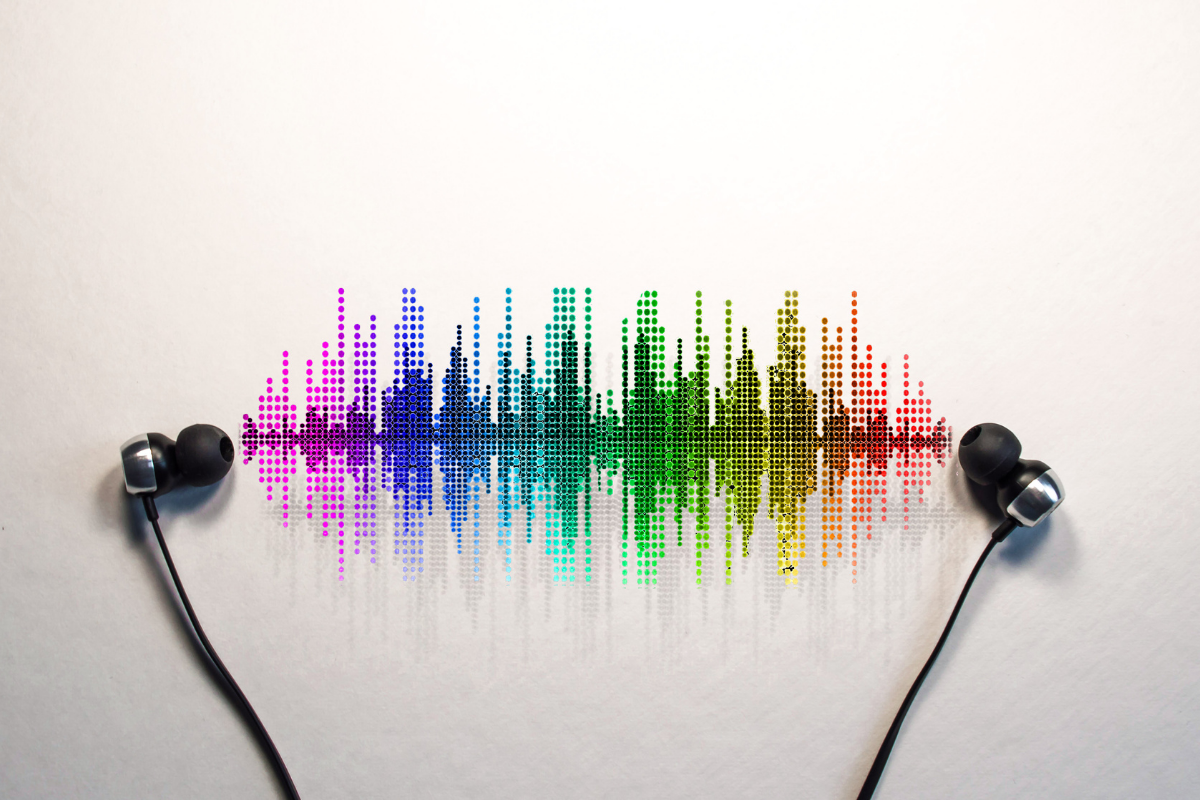There are many different ways you can generate revenue from your music. Specifically, there are four types of royalties (1) Mechanical Royalties, (2) Performance Royalties, (3) Synch Royalties, and (4) Print Music Royalties. To understand, royalties it is important to remember that every song has two copyrights associated with it. The first, is the composition of the song and the second, is the recording. As such, each copyright has its own source of royalties. If you are a songwriter you will earn royalties on the composition copyright and if you are a performer you will earn royalties on the recording of that copyright.
What are Mechanical Royalties?
Mechanical Royalties are generated from the composition copyright of a song and are owed to the songwriter when an artist releases a song to the public either through a public performance or sound recording. This includes when an artist releases a song to be digitally streamed on Spotify, Apple Music, or Pandora; yet are different from the payouts that streaming companies provide to artists. The rate at which mechanical royalties are paid is set by the federal U.S. Copyright Act. Generally, mechanical royalty rates for streaming is about $0.06 per 100 streams and $0.09 center per song for the physical purchase (for example, purchasing a CD or record) or permanent downloads of a song (for example, purchasing an album on Itunes).
What are Performance Royalties?
Performance Royalties are generated from the performance of a copyrighted song. Generally, when you register a song with a Performance Rights Organization (PRO) they will split the performance royalty in half between two types: (1) songwriter royalties and (2) publishing royalties. Both of these types of performance royalties are paid out to the designated party through a PRO, such as ASCAP, BMI, or SESAC. Songwriter Royalties are paid by the PRO to the songwriter of the composition and Publishing Royalties are paid to publishing companies who represent artists, such as Warner Music Group, Universal Music Group, and Sony.
What are Print Music Royalties?
Print Music Royalties are less common because they are generated when copyrighted music is transcribed to a print piece, such as sheet music and then distributed through a music publisher. Print Music Royalties are usually paid to classical music or film score composers. Another example of when print music royalties are generated is when sheet music that is copyrighted is sold online.
What are Sync Royalties?
Synch Royalties are generated from copyrighted music, when it is “synced” with visual media. For example, a copyrighted song can generate sync royalties when it is used in a commercial or a video game. Music publishers usually have the “sync” license to a song, which means they have the sole right to use the copyrighted music in visual media. As such, music publishers usually sell this “sync” license to people who want to use the song and “sync” it with visual media. For example, music publishers can claim any Youtube video that utilizes a song they own the “sync” license to and choose to monetize that video in order to collect royalties. This means that youtube will place advertising on the videos in order to generate revenue, which is used then used to pay royalties.









8 Responses
Thank you for this concise explanation of these different royalty types. It’s so important to know if you’re creating original music and putting it out on any forum, especially the internet!
Angela, we are happy your enjoyed this blog post!
Love the article, but there is a little confusion on my part.
Is the sync royalty not a performance royalty and if so…why not lump them together?
What about that the form SR can be used to copyright the underlying composition and the musician’s links and performance on the recording (sound recording)and the publshing, simtaneously. Whereas there are two copyrights,the underlying composition and the final best addition for the ?publishing.. with it’s art work and the accompanying
Hey, so what about royalties gotten from streams, song sales and if people like radio stations use your music. What kind of royalties do they pay?
I must correct my comment it got sent wrong. I said the two copyrights are the underlying composition including the composed licks played by the studio musicians and then there s the sound-recording better known before as the Performance copyright. They can be filed for separately with form PA and form SR or simultaneously with just form SR. Be carefull! The date the sound recording as publication side of the copyright is the publishing date of the work. This is a problem I f you self publish such as with BMI then later sell half of your rights to a real publisher.
I must correct my comment it got sent wrong. I said the two copyrights are the underlying composition including the composed licks played by the studio musicians and then there s the sound-recording better known before as the Performance copyright. They can be filed for separately with form PA and form SR or simultaneously with just form SR. Be carefull! The date the sound recording as publication side of the copyright is the publishing date of the work. This is a problem I f you self publish such as with BMI then later sell half of your rights to a real publisher.
If my music is streaming through Distrokid do I get paid royalties through ASCAP?